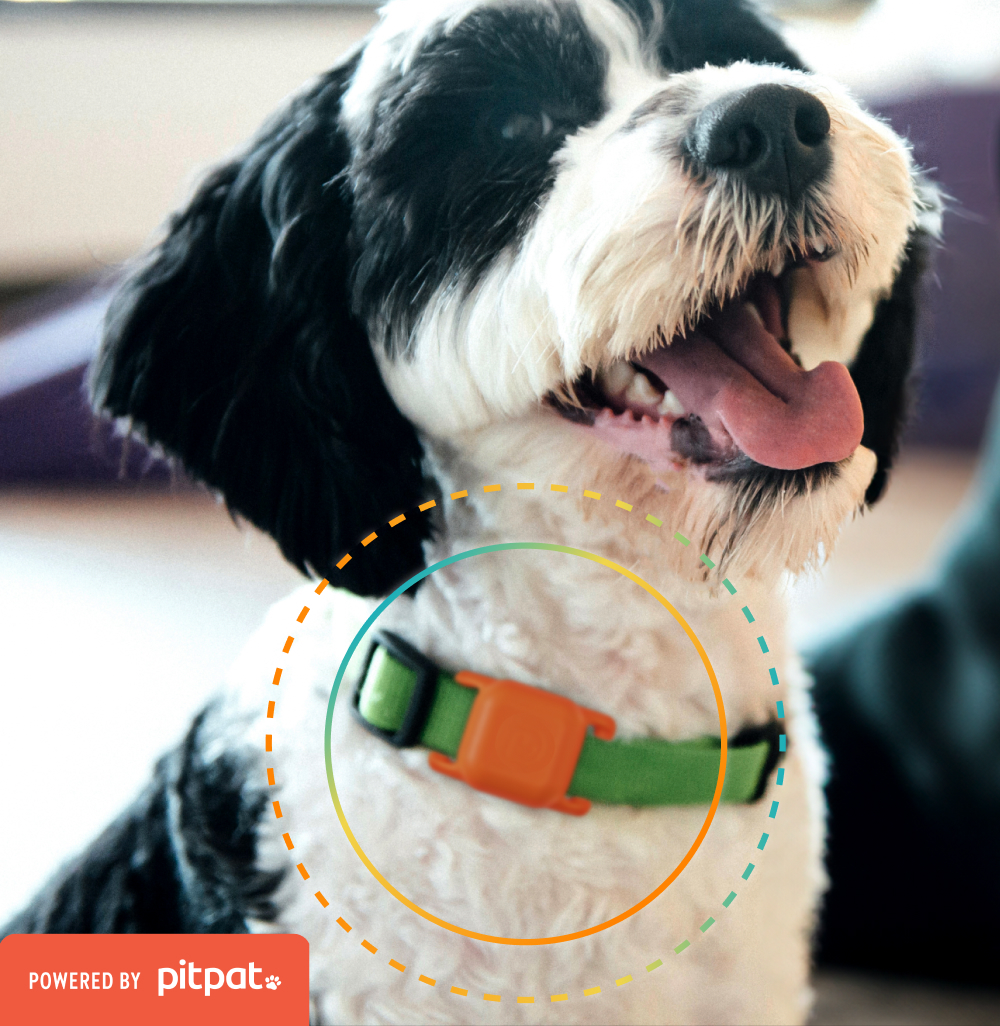How To Tell if Your Dog Has a Tick and What To Do About It

Even if your dog is on flea and tick preventative, it is important to check your dog for ticks regularly after he’s been outside, especially during the tick season: spring, summer and fall.
Ticks are small arachnids that can carry fatal diseases that are transferable to humans, including Lyme disease. Keeping your pooch tick-free will keep your dog healthy and happy.
How to check your dog for ticks
Since ticks are usually dark colored and like to hide in deep and dark areas, they may be hard to see on dogs that have longer and/or darker coats. Getting your dog groomed will make the search easier.
Starting at the head, run your hands over your dog’s body, using your fingers like the teeth of a comb. Make sure to look under the collar, in and behind the ears, and under the tail. Ticks are drawn to the dark, hidden areas on the body, so be sure to check between the toes, as well as by the groin and front legs.
Ticks tend to stick to one place to feed themselves. As they feed on your dog’s blood, they can grow from the size of a pinhead to the size of a pea, depending on how long they have been there. If your dog has a tick, you should feel a small bump with your fingers or comb. Do not pull or force the comb over the bump; stop to see what the bump is before proceeding (pulling part of the tick’s body out can be harmful to your dog). You will also want to check the skin for areas that appear red or irritated, and watch your dog for signs of excessive scratching or licking in any particular areas. This can be a sign that a tick has attached itself to the skin in this spot.
Tick removal and disposal
Once you’ve spotted them, removing ticks can be a tricky process as there are chances of leaving the tick’s head inside the skin, which may cause infections later. You should always use rubber gloves when removing the tick to avoid any possible injury or infection.
- Grasp the tick very close to the skin with a pair of fine-tipped tweezers.
- With a steady motion, pull the tick’s body away from the skin. Avoid crushing the tick to prevent infection.
- After removal, clean your dog’s skin with soap and warm water or apply a dab of triple antibiotic ointment.
- Dispose of the tick by placing it in rubbing alcohol to kill it.
If you are uncomfortable removing the tick, you can also take your dog to your veterinarian.
 If you need help getting your dog more active or introducing them to some new friends, we here at Dogtopia can help. We offer a safe and fun-filled environment with an action-packed daily schedule to ensure your furry friend gets plenty of exercise and socialization while you are at work or running errands during the day. Learn more about our dog daycare services here or contact us for more information.
If you need help getting your dog more active or introducing them to some new friends, we here at Dogtopia can help. We offer a safe and fun-filled environment with an action-packed daily schedule to ensure your furry friend gets plenty of exercise and socialization while you are at work or running errands during the day. Learn more about our dog daycare services here or contact us for more information.








